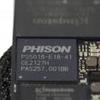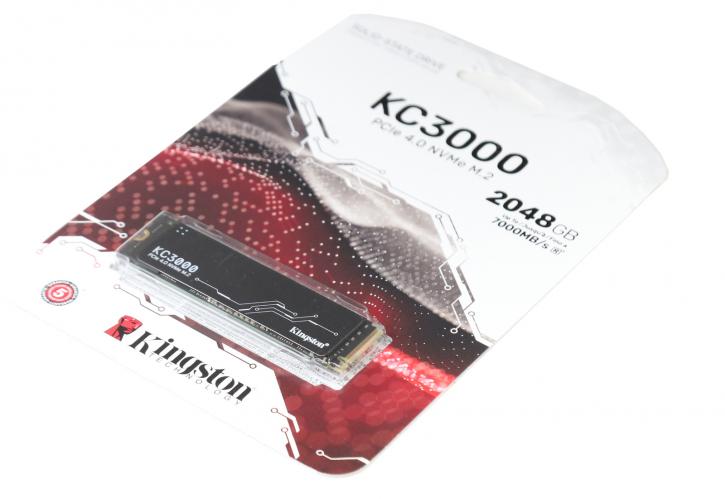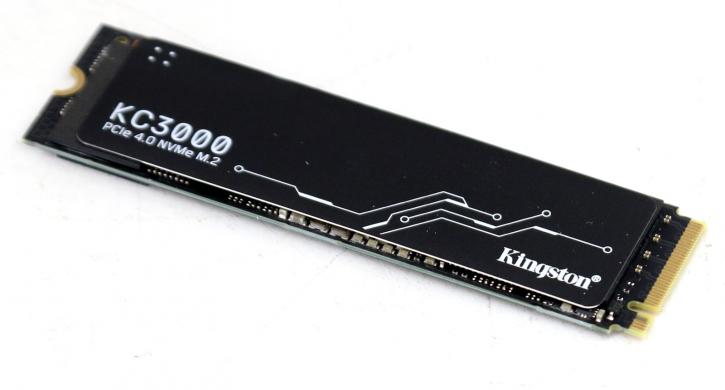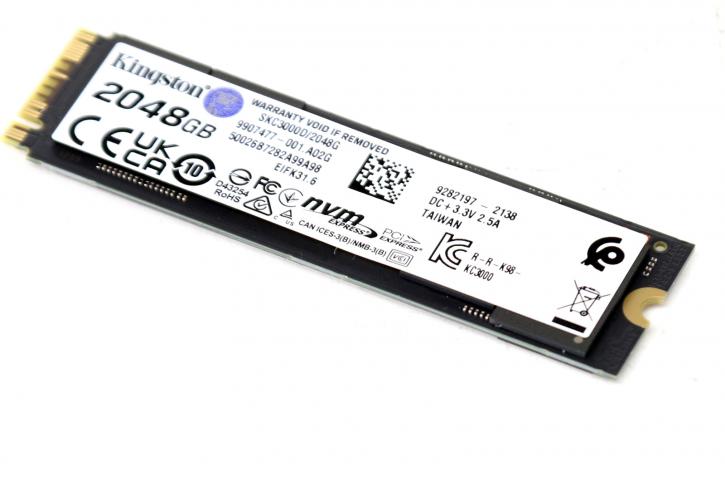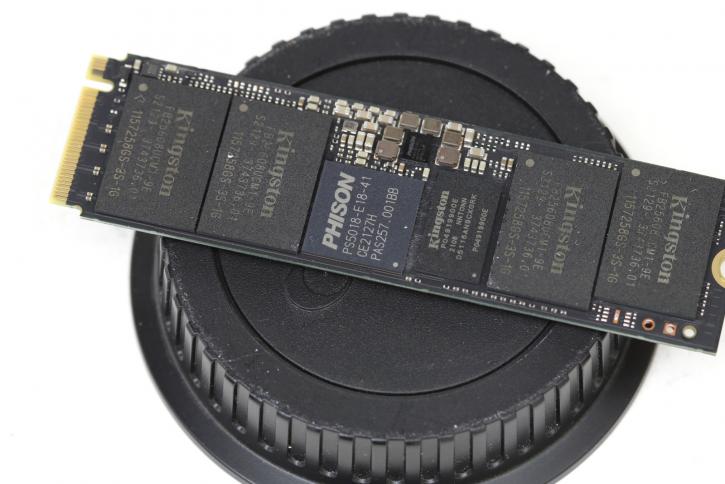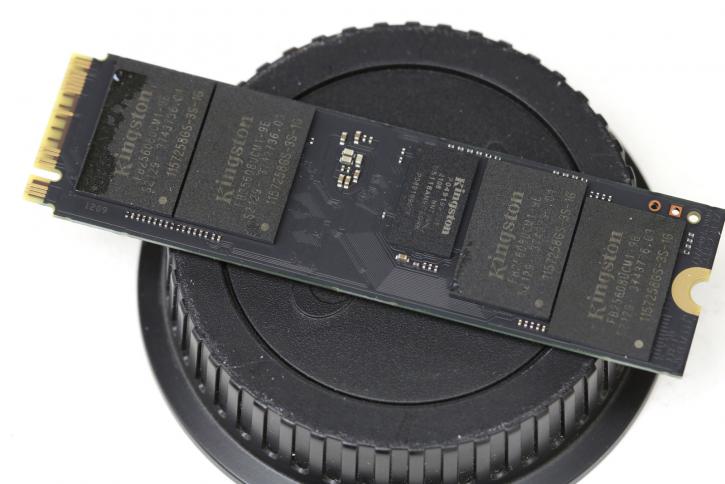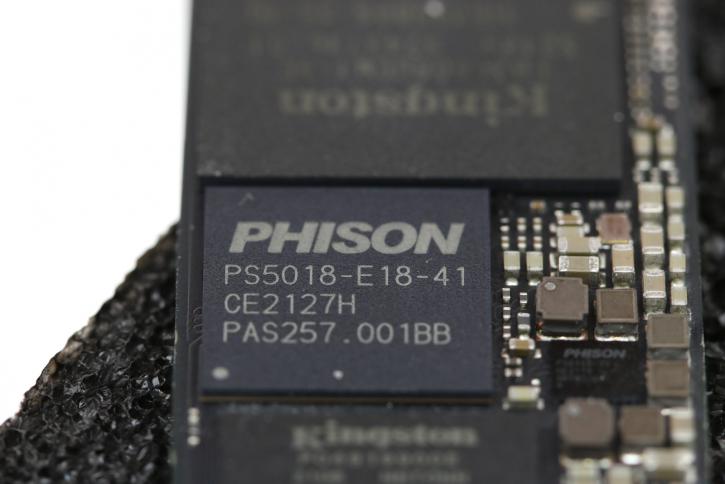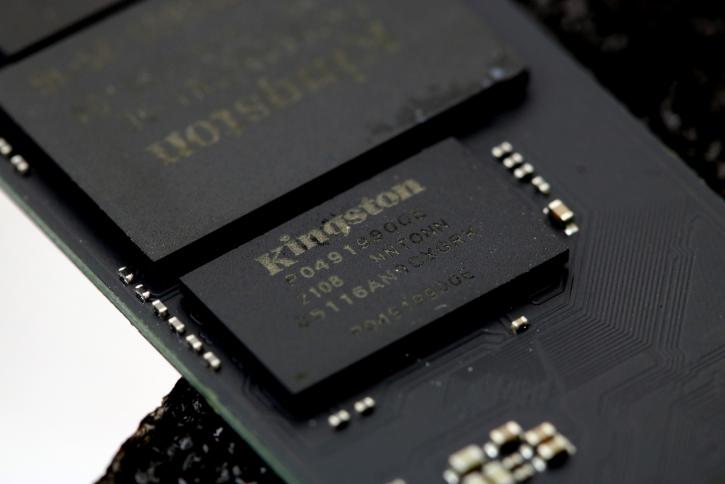Product Showcase
Product Showcase
The photographs in this gallery were taken at a high quality and then cropped and scaled back down. The photographs were taken with a Canon DSLR camera with a resolution of 12 MegaPixel. You should have no trouble installing the M.2 unit onto a motherboard that supports the NVMe v1.4 protocol. It is supported by the vast majority of motherboard chipsets. To be sure, contact the motherboard maker to see if your motherboard is equipped with an x4-lane PCIe Gen 4.0 interface and a CPU that is compatible with it.
Of course, these SSDs are backward compatible; thus, PCIe 3.0 will work as well; however, the interconnect is halved in bandwidth by generation, and that this has a large effect on performance. The latest Windows 10 and soon 11 iteration has an up-to-date NVMe 1.4 protocol driver natively, so it is unnecessary to install a 3rd party driver. You are strongly recommended to have the latest BIOS firmware of your motherboard up to date though.
Typically we advise you to seat the SSD under a motherboard heatsink and hide it away. If your motherboard does not offer that, please use the supplied and preinstalled heatsink. The compact M.2 2280 form factor ensures compatibility with the next-generation desktop and mobile platforms that support the M.2 PCIe slot and interface. With a nice all-black design that displays the key interface parameters as well as the Kingston branding.
The opposing side has a label that has all of the usual suspects: drive capacity, certifications, and production data. To help dissipate heat and keep the drive nice and cool during intensive use cases, the drive itself has a graphene aluminum heat spreader (whose effective thermal conductivity is highlighted by its high thermal conductivity). With NAND chips and DRAm at the 'backside' we do wonder why manufacturers do not apply such a graphene aluminum heat spreader on that side as well, as you're cooling half the product. These adhesive stickers actually do work btw.
The 80 on 2280 is short for 80mm, aka, the PCB length, and 2280, you guessed it now .. 22mm for its width. It really is that simple. Here the backside after removing the heat spreader. It has four NAND chips and a DRAM IC on this side. That's similar on the front side, so a total of four NAND ICs are applied, each thus capable of holding 512GB of data.
Spotted on either side, one DRAM chip. The 1TB and 2TB SSDs get 1GB (2x512MB), the 4TB unit will be fitter with a 2GB DRAM buffer. Combined with Pseudo SLC provisioned buffers, these will fight off any QLC write holes.
Here we see the Phison 5018-E18 controller, by now a familiar product that has been revised and refined quite a bit in the past year. 8-channels capable, so it certainly can deliver. Should you like to mount the SSD in a motherboard slot with its own heatsink.
